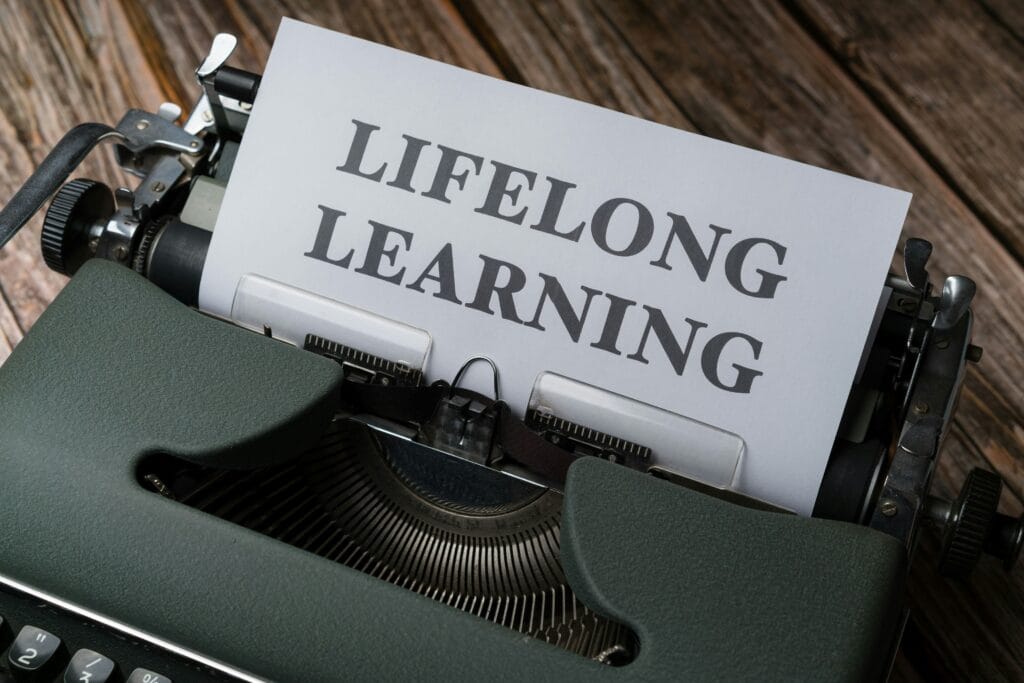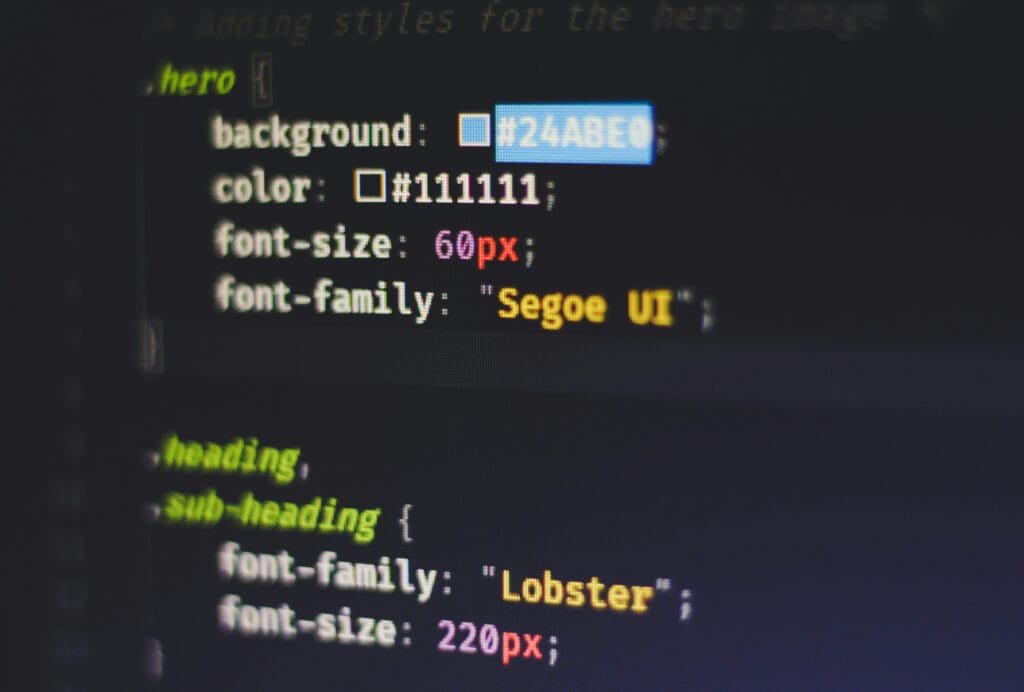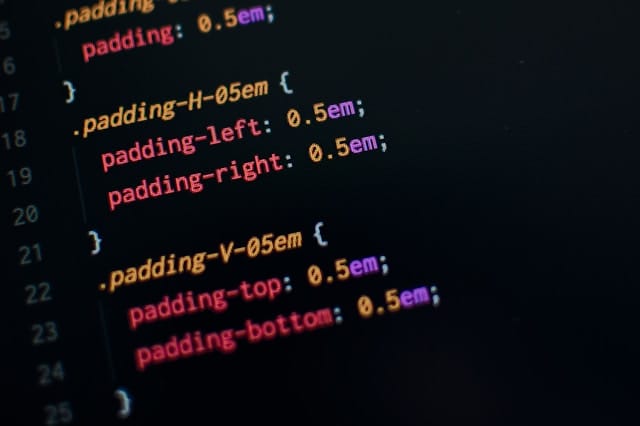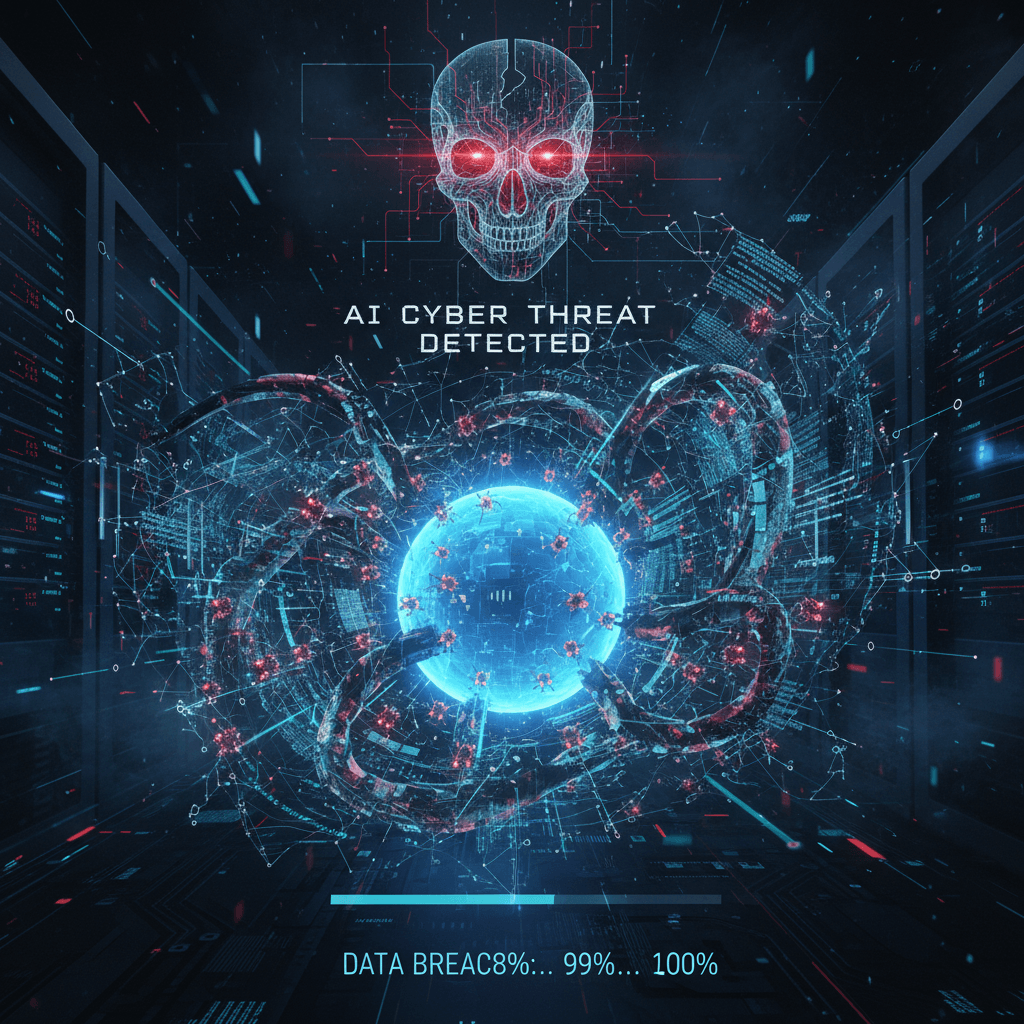Are you dreaming of learning how to code in 2025 but feeling overwhelmed, unsure, or even scared to start? If so, don’t worry, you’re not alone. Whether you want to build websites, create apps, automate boring tasks, or simply unlock a powerful new skill, this guide will walk you through how to start coding from scratch – no experience, no fear.
So, let’s dive in.
Why Learning to Code in 2025 Might Be the Best Decision You’ll Ever Make
Coding is more than just typing symbols into a computer; in fact, it’s a superpower. With tech rapidly shaping every industry, the ability to write code can:
- Boost your job prospects
- Help you switch careers
- Enable you to freelance from anywhere
- Allow you to build your own apps, websites, or digital tools
- Automate boring tasks and save hours of work
Therefore, in 2025, coding is not just for developers, it’s for creators, entrepreneurs, freelancers, and problem solvers.

Step 1: What Is Coding, Really? (And Why It’s Not as Scary as You Think)
Coding is the process of writing instructions that a computer can understand and execute. These instructions are written in programming languages like Python, JavaScript, or HTML.
To explain,think of coding like:
- Writing a recipe (instructions)
- The computer is the cook
- The programming language is the language the cook speaks
In other words, you’re not “talking to a computer” you’re telling it what to do in a language it understands.
Step 2: Choose Your First Language (Without Overthinking It)
This is where many beginners get stuck. However, let’s simplify.
🐍 Best for Beginners: Python
- Simple and readable syntax
- Used in web development, automation, AI, data analysis
- Tons of tutorials and support
🌐 Best for Web: HTML + CSS + JavaScript
- HTML: Structure of web pages
- CSS: Styling
- JavaScript: Interactivity
📱 For Mobile Apps: Dart (Flutter) or Java/Kotlin for Android
🧠 For Data Science/AI: Python + SQL
Ultimately, we recommend you start with Python unless you’re focused on web design right away.

Step 3: Set Up Your Coding Space in Minutes (Even If You’re Not “Techy”)
You don’t need a fancy setup to begin coding.
🛠️ Essentials:
- A laptop or desktop
- Internet access
- A code editor (Start with VS Code)
For example, for Python, install Python.org. For web, you only need your browser and a text editor.
Alternatively, you can use online editors:
These let you code in your browser, no installation needed.
Step 4: Start with the Basics – One Small Step Toward Big Change
Here’s what to focus on first:
🔹 For Python:
- Variables and data types
- If/else conditions
- Loops (for, while)
- Functions
- Lists and dictionaries
- Basic file handling
- Simple projects (calculator, to-do list, etc.)
🔹 For Web (HTML/CSS/JS):
- HTML structure (head, body, divs)
- CSS styles (colors, fonts, layout)
- JavaScript basics (variables, events, DOM manipulation)
📚 Best beginner platforms:
- FreeCodeCamp
- W3Schools
- Codecademy
- YouTube channels (e.g., Programming with Mosh, Tech With Tim)
- SimpleCodeTips.com 😉 (Bookmark us!)
Step 5: Build Your First Real Projects (And Feel Like a Genius)
Learning syntax is important, but building things is where the magic happens.
Here are beginner-friendly projects to try:
🧠 Python Projects:
- Simple calculator
- To-do list CLI
- Number guessing game
- Flashcard app
- Expense tracker
🌐 Web Projects:
- Personal portfolio site
- Digital business card
- Responsive landing page
- JavaScript quiz app
- Weather app using an API
Remember, don’t worry if your code isn’t perfect. Just keep building.
Step 6: Discover Git & GitHub – Your First Step into Real-World Coding
Once you’re confident with basic coding, learn Git.
Why Git/GitHub?
- Tracks changes to your code
- Lets you collaborate with others
- Shows your work to future employers
Start with:
- GitHub Learning Lab
- Git basic commands:
git init,git add,git commit,git push
Step 7: You’re Not Alone – Find Your People in the Coding World
You don’t have to do this alone. Coding becomes easier (and more fun) with support.
Join:
- Reddit: r/learnprogramming
- Discord servers: Python, WebDev, etc.
- Stack Overflow (ask smart questions!)
- LinkedIn groups
- Meetup.com (look for virtual coding meetups)
Also, post your progress. Ask for help. Contribute to open source when you’re ready.
Step 8: When It Gets Hard – How to Stay Motivated and Keep Going
Learning to code is like learning a language or playing an instrument. It takes time and repetition.
Here are some tips to stay on track:
- Code every day, even just 20 minutes
- Work on real-world projects
- Break big goals into smaller ones
- Celebrate small wins
It’s normal to feel confused and frustrated sometimes. However, just don’t quit.
Step 9: Turn Knowledge Into Power – Start Building Real Things
Here’s how to put your new skills into action:
🔸 Build a personal website
Showcase your bio, projects, and contact info. This becomes your portfolio.
🔸 Start freelancing
Sites like Fiverr and Upwork often list beginner-friendly coding tasks.
🔸 Contribute to open source
Search GitHub for beginner-labeled issues.
🔸 Create digital products
E-books, scripts, apps, you can sell or share them!
Step 10: Find Your Path – Web Dev, Data, Apps, or Something Bigger
After 1–3 months of consistent learning, you’ll get a feel for what excites you most.
Explore these paths:
- Frontend developer (Web UI)
- Backend developer (APIs, databases)
- Full stack dev (Both)
- Data analyst/scientist
- AI/ML engineer
- Automation scripting
- App developer
- Game developer
Each path requires deeper learning, but the foundation is the same, and you’ve already started.
Final Thoughts: You’re More Capable Than You Think – Keep Coding
It’s 2025. The tools are better. The communities are stronger. The demand is higher.
You don’t need a computer science degree or 10 hours a day. You just need:
- Curiosity
- Consistency
- A willingness to learn from mistakes
So, start now. Build things. Break things. Google a lot. Ask questions.
And remember, every expert coder once Googled “what is a variable?”
Bonus: Free Coding Checklist for Beginners
Want a printable checklist to stay on track?
📩 Download your FREE PDF Beginner Coding Checklist here (coming soon on SimpleCodeTips.com!)
Found this guide helpful?
Share it, bookmark it, and check out more beginner-friendly posts at SimpleCodeTips.com, we’re here to make learning code simple.


